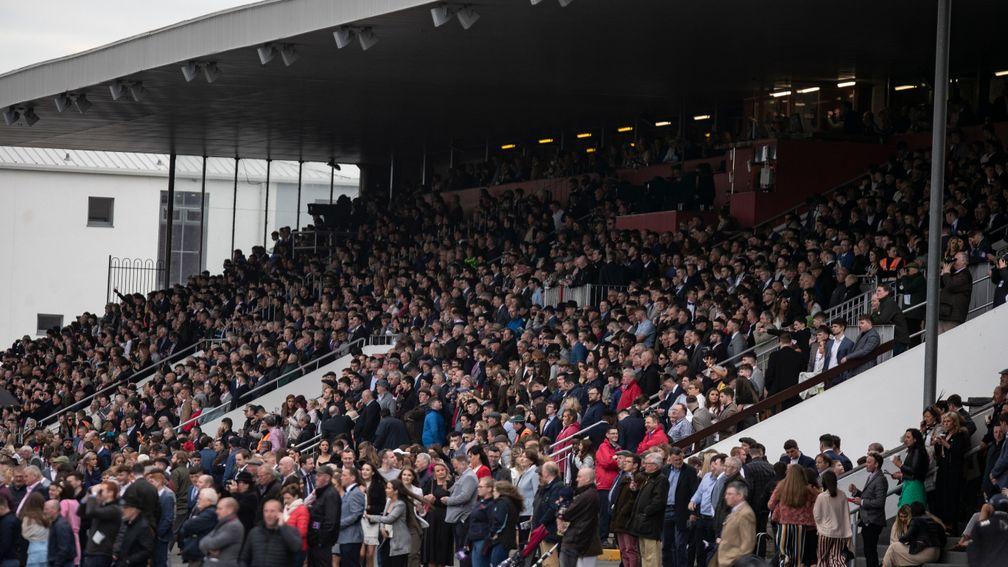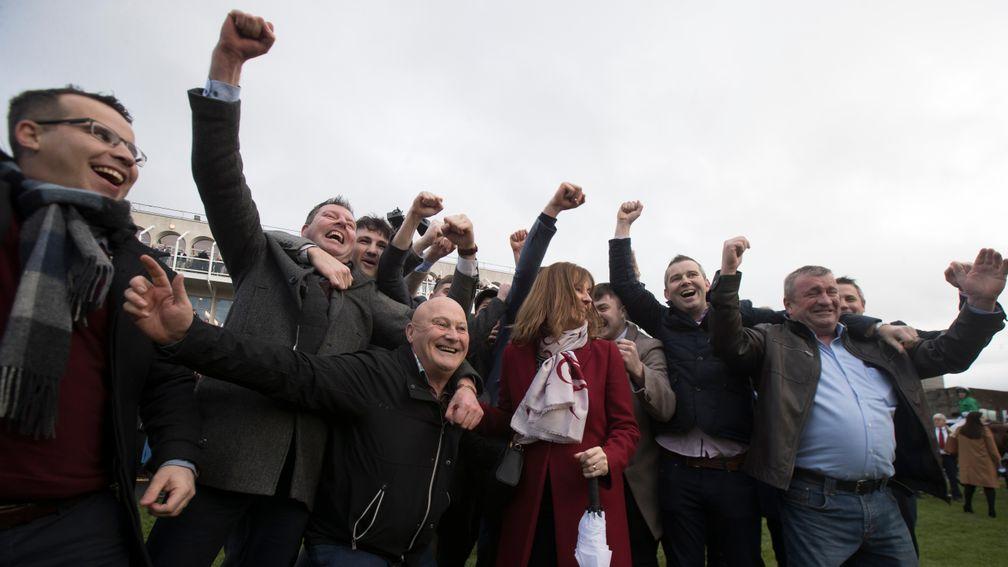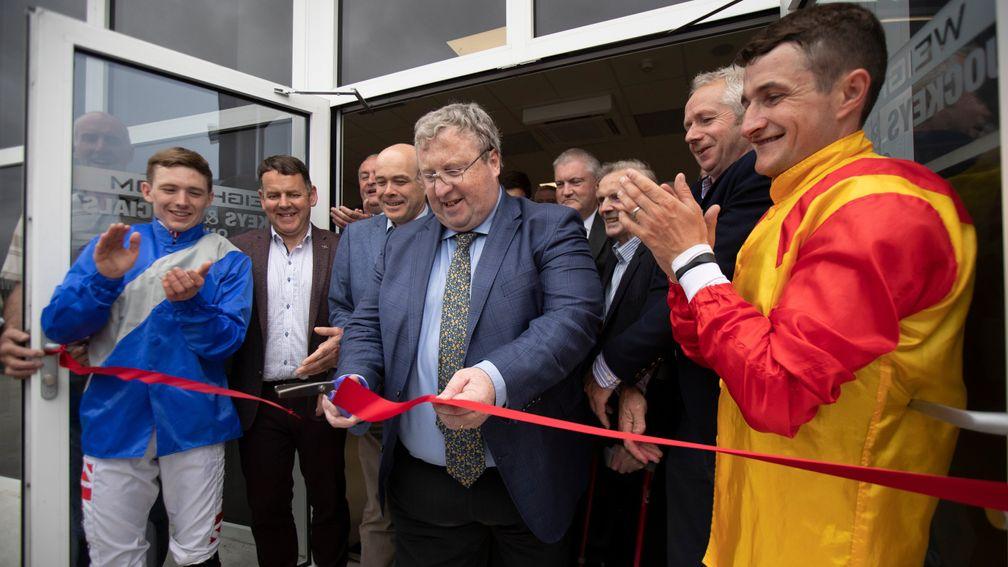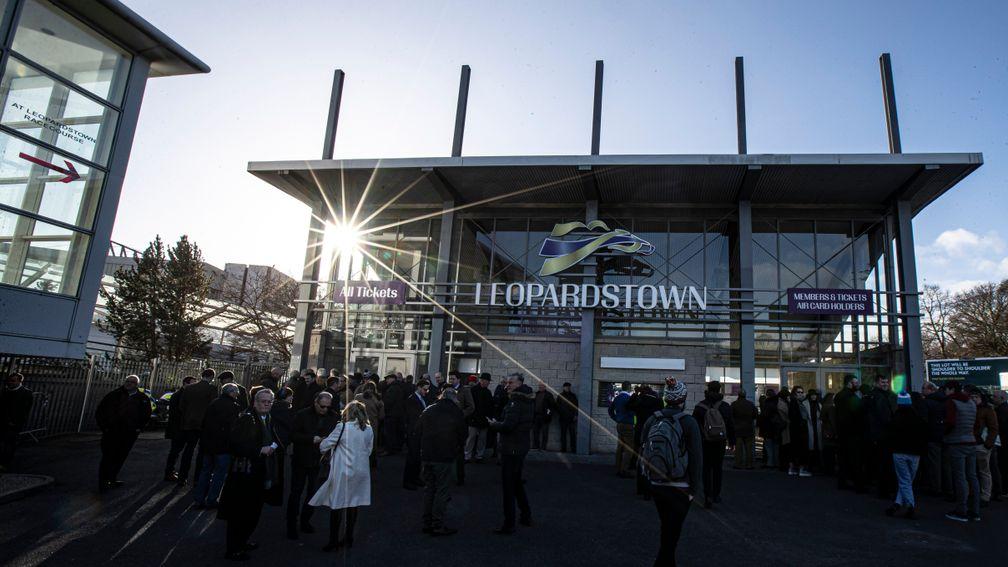Blow for Irish tracks as cap of 500 spectators enforced in new six-month roadmap
Owners could make prompt return to racecourses under fresh provisions for crowds

Crowds at Irish racecourses are set to be limited to a maximum of 500 for the next six months in a move that Horse Racing Ireland chief executive Brian Kavanagh described as a 'real concern' for the sport and tracks in particular.
Kavanagh said that was not a sustainable number for many racecourses that have already gone six months without a paying attendance.
The revelations by Taoiseach Micheal Martin, spelt out on Tuesday in the government's new Living With Covid roadmap for the next six months, allow for 200 extra people at racecourses under current Covid-19 restrictions, which Kavanagh said should at least herald the return of owners to tracks.
Richard Forristal: Irish racing on the brink – extended restrictions could tip us over the edge
Somewhat vaguely, the roadmap also states that specific guidance for 'very large, purpose-built event facilities', including stadia, auditoriums, conference or event centres, will be developed with the relevant sectors to take account of size and different conditions for larger events.
Five new Covid-19 levels have been set, allowing for different regions and counties to have a different status from the national guidelines.
Should the national situation in relation to Covid-19 improve to level 1 from the current level 2, it would only see an increase in capacity from 200 to 500 people at venues capable of hosting a minimum of 5,000 people.
Under the roadmap, should the pandemic worsen to level 3 or 4 horseracing will continue behind closed doors. All sporting events would be halted if level 5, the most severe, is reached.
Kavanagh said: "It's not a sustainable number for a lot of racecourses but there's provision in the legislation to engage on those issues and we will do so in the coming weeks on that. A total of 200 will probably allow owners and 500 doesn't give much more leeway but we'll look at that over the course of the coming days."
In relation to the sustainability of racecourses without paying crowds, he said: "It's a real concern. Racecourses can survive one shock, but if you say to a track that you'll lose a big festival meeting for a second time that creates a real problem.
"There's specific provision in there regarding large-scale events, so let's see what that means and what's involved in that."

Kavanagh welcomed the clarity that has come with the government's announcement but has acknowledged the concern for racecourses, with discussions to be held on whether there is any scope for the sport to fall under the provisions for large-scale events.
"We welcome the announcement and now need to get stuck into the detail of it," he said. "From reading it, it looks like 200 patrons or spectators will be allowed back on track at level 2 and we've said that owners will be the first priority in that respect.
"Beyond that is a longer-term issue and we'll continue to work with the relevant authorities on that issue."

He added: "The other point worth noting is that it's reassuring to see that even if the level steps up to 3 and 4, there's specific mention of racing behind closed doors continuing. That's welcome clarity.
"We've followed government guidance throughout this process and will continue to do so. We'll probably have more to say later in the week regarding arrangements for owners and so on."
Tracks are currently being used in different ways than ever before to aid with social distancing, with riders housed in what would often have been public areas. Such layouts would inevitably have to be altered to allow for the return of owners and spectators.
The lost revenue from hosting Longines Irish Champions Weekend behind closed doors has been estimated at around €8 million in terms of direct revenue and associated income, and bringing back non-essential personnel to the track has the potential to increase financial pressure on racecourses, who rely on more substantial crowds to cover costs.

There had been speculation on Monday that up to 5,000 spectators could be allowed into large sporting venues such as Croke Park and the Aviva Stadium, but more restrictive caps on crowds became clear following the roadmap's publication.
Read more if you were interested in this . . .
Newmarket given go-ahead to host racegoers at Cambridgeshire meeting
Uttoxeter turns to bailiffs to remove travellers preventing Covid-19 testing
Danny Sheehy becomes third Irish jockey to return positive Covid-19 test
Keep up to date on the must-have news, tips, photos and more by following the Racing Post across all social channels
Published on 15 September 2020inNews
Last updated 20:08, 15 September 2020
- The latest edition of the Racing Post is available to read online now - here's how you can access it
- How Smart View recorded a 76 per cent profit at the Cheltenham Festival
- Smart View is available on the Racing Post app - how to read the revolutionary new racecard
- Levy reform talks 'accelerating' as clock ticks down to April deadline for agreement
- Kieran Shoemark lands another plum Meydan ride for Gosden stable on Trawlerman in Saturday's Dubai Gold Cup
- The latest edition of the Racing Post is available to read online now - here's how you can access it
- How Smart View recorded a 76 per cent profit at the Cheltenham Festival
- Smart View is available on the Racing Post app - how to read the revolutionary new racecard
- Levy reform talks 'accelerating' as clock ticks down to April deadline for agreement
- Kieran Shoemark lands another plum Meydan ride for Gosden stable on Trawlerman in Saturday's Dubai Gold Cup